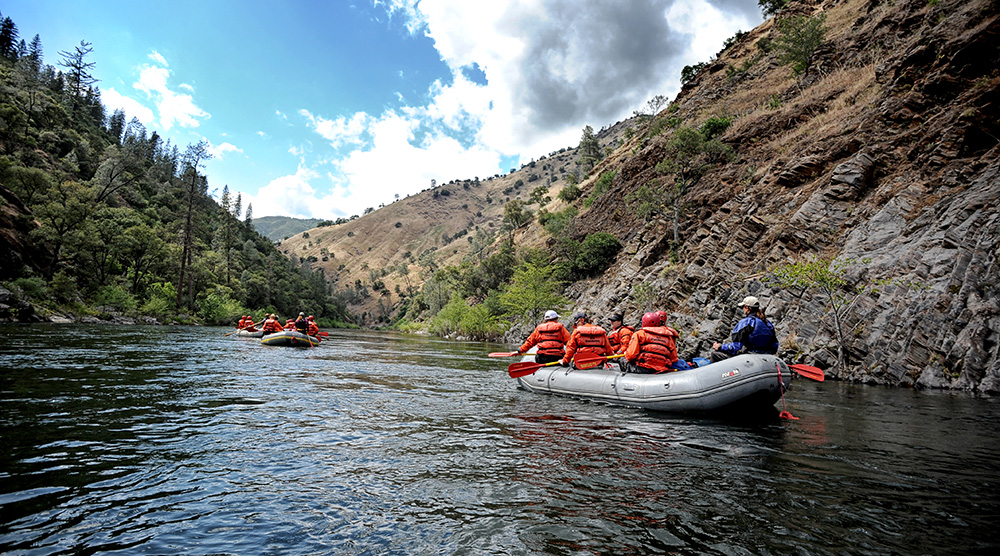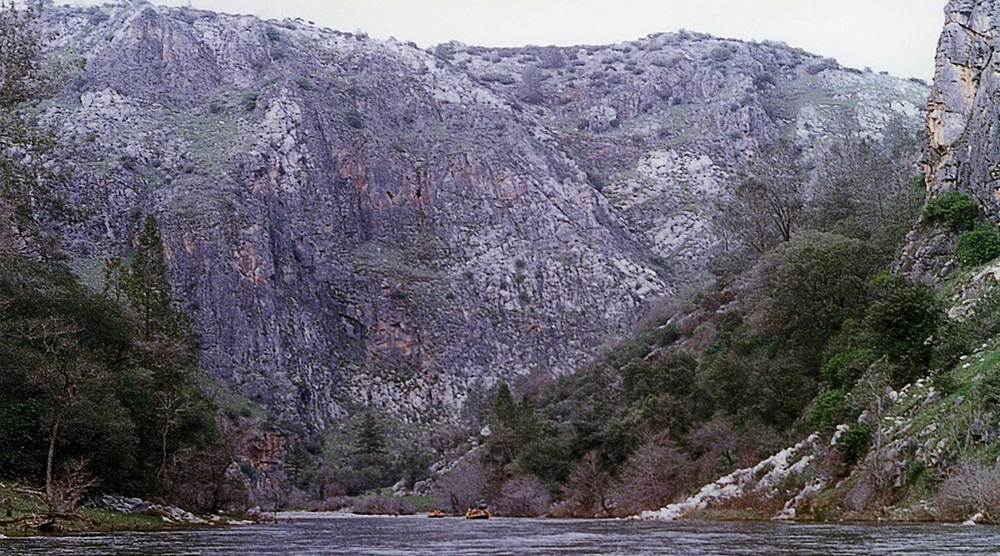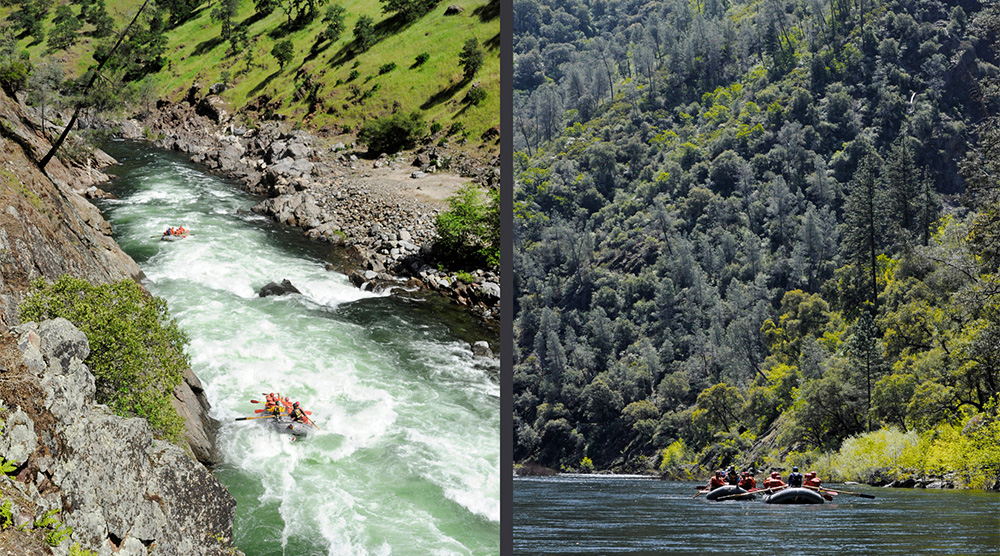What is a National Wild & Scenic River?
Posted July 5, 2021 by Trey Armstrong: guide and grandson of founder George Armstrong
While paddling the Tuolumne River, it is easy to appreciate the vast beauty and power of the river: the cold, clear water, the vistas of granite, the springtime wildflowers. However, the existence of this river as a wild place for generations to explore and appreciate has not always been a guarantee. From the development of the Hetch Hetchy reservoir to the reckoning of industrialization and the environmental movement, the Tuolumne River has been an epicenter for questions of human relationships to and with rivers.

For the benefit and enjoyment of present and future generations
In the 1960s, the American people increasingly saw the need to protect natural places from development. On October 2, 1968 the National Wild and Scenic Rivers Act* was passed into law by President Lyndon B. Johnson. This act was designed to encourage management of these rivers and the surrounding environments in a way that crosses political boundaries and promotes public participation. The goal was to balance the existing policy of developing rivers for their water, power, and flood control purposes with a new policy of protecting outstanding rivers for the benefit and enjoyment of present and future generations.
*This act was to ensure rivers which “possess outstandingly remarkable scenic, recreational, geologic, fish and wildlife, historic, cultural, or other similar values, be preserved in free-flowing condition, and that they and their immediate environments shall be protected for the benefit and enjoyment of present and future generations.”
(Read the entire 18-page National Wild and Scenic Rivers Act)
One battle lost, but the tide changed in time to save the Tuolumne River
It is important to note that this new law and management system did not guarantee the preservation of outstanding rivers, but rather created a set of criteria for which to decide how to develop a particular river. This was evident in the fight to preserve the Main Stanislaus River from the construction of the New Melones Dam. Though the main objective of activists and environmental groups, including local outfitters and groups like Friends of the River, was to stop the construction of the dam, the avenue for success was to designate the Stanislaus River as “Wild and Scenic.” An official designation of Wild and Scenic would have preserved the river in its free-flowing state. Unfortunately, this battle to preserve the Stanislaus River was ultimately lost to the U.S. Army Corps of Engineers.

The loss of the Stanislaus River in the late 1970s was a devastating blow to boaters and environmentalists. However, it fueled the fight to preserve other rivers, including the Tuolumne. In 1981, local whitewater outfitters and activists formed the Tuolumne River Trust. A true grassroots effort, the Trust’s goal was to protect the Tuolumne River by designating it a National Wild and Scenic River. In 1984, the efforts culminated in success, and the Tuolumne was added to what is now 208 river units with 12,708.8 miles in 40 states and Puerto Rico of designated Wild and Scenic Rivers.
A river worth protecting
Because of this protection, the Tuolumne still exists today as a flowing river, ranking high on the bucket list of many whitewater and outdoor enthusiasts. Its incredible beauty and other many wonderful attributes keep people coming back year after year to experience it again and again. Whether it be navigating spectacular whitewater, exploring the many tributaries flowing through unique canyons, or simply gazing up at the night sky amongst friends and loved ones, the Tuolumne has a special place in the hearts of those who experience it. Read the reasons why this is The Best California Multi-Day Rafting Trip.

The opening statement of the National Wild and Scenic River Act still holds true to this day – preserving and protecting these beautiful waterways for the benefit and enjoyment of present and future generations. As President Lyndon B. Johnson said as he signed the act into law, “Every individual and every family should get to know at least one river.” The Tuolumne River is awaiting your visit…